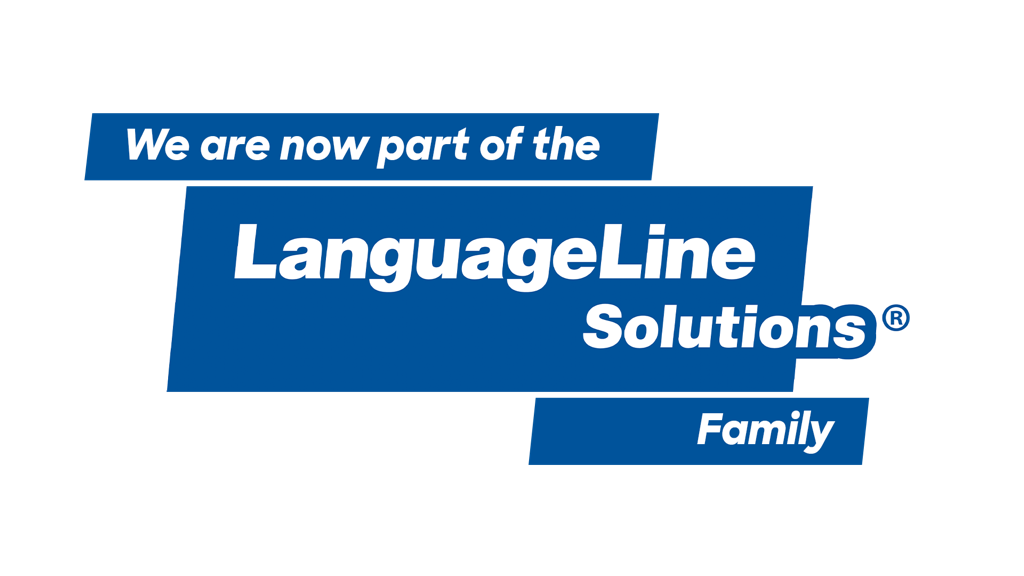In audiovisual localisation projects, there are so many variations to consider: translation of the script, cultural nuances, voice-over artist talent, matching the speed of the target language speech to the source – the list goes on, and if any of these components don’t go according to plan, it impacts the entire project.
We live in an increasingly visual world, reliant on multimedia. Our clients use video and audio to connect with their employees, partners and potential clients, and as such, the demand for high-quality audiovisual localisation grows. Regardless of the approach and type of content, any problems, whether caused by a mistranslation or the voice-over, become amplified, as fixing them is a time-consuming and costly endeavour.
How can we overcome such challenges? New technology is shaping the audiovisual localisation process and is reducing the need to recall or rework the audio.
To find out more, download the whitepaper below.
